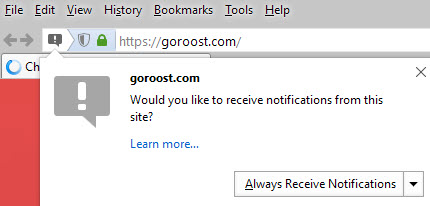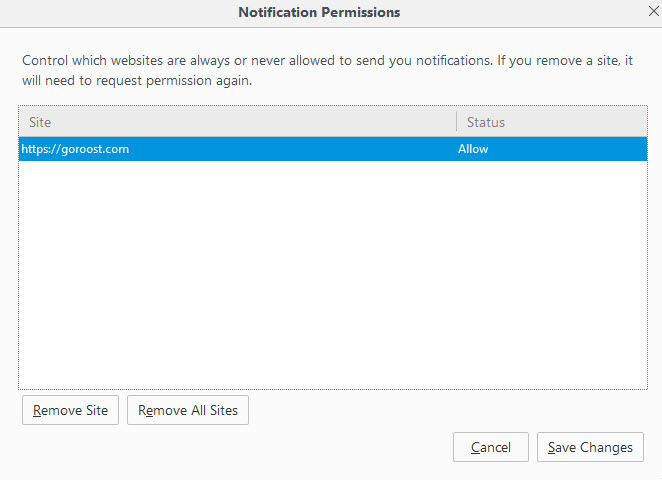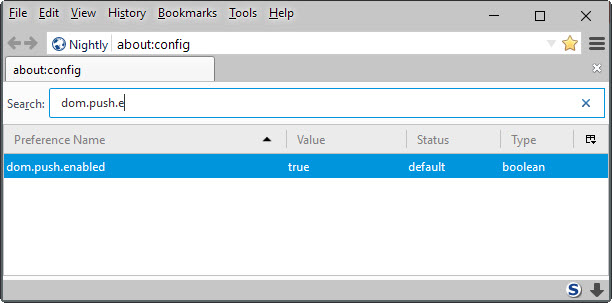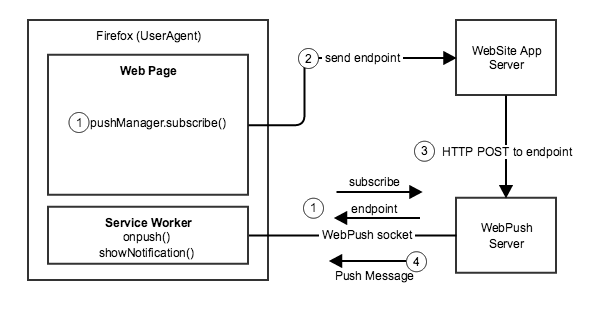Everything you need to know about Push notifications in Firefox
Mozilla Firefox, Google Chrome and other modern browsers will support so-called push notifications on the desktop in the near future or are already supporting it.
Push notifications allow websites to notify the user even if the site itself is no longer open. It is a notification system that can be utilized by sites to inform users about new messages or items available on site among other things.
The system uses servers, maintained by Google or Mozilla depending on platform that interact with these sites and the user's browser.
Mozilla plans to launch Push notifications in Firefox 44. This means that Firefox Nightly and Firefox Developer Edition users can make use of the feature already.

Here is how it works on the technical side:
- Firefox displays a notification to the user when a site supports Push notifications.
- You need to confirm a prompt before it can use Push to notify you. You may also block Push on sites to prevent prompts from being displayed again on future visits.
- Firefox maintains a connection to a push service once you grant permissions for Push. That's the reason why you may receive notifications even if you are not connected to the site directly in the browser anymore.
- The Push service is maintained by Mozilla for Firefox on the desktop. On Android, Firefox uses Google's Cloud Messaging platform instead.
- Mozilla stores a random identifier for your browser on the server, and a random identifier for sites that you have authorized.
- Push messages are encrypted, and the service cannot decrypt them. Messages are stored on the server only until they are pushed to the user system.
If you allow sites to push notifications to your browser, you may receive notifications at any time from them. In addition, your IP address is known to them which they may use to look up your location.
You may revoke permissions at any time in Firefox.

- Load about:preferences#content in the browser's address bar and hit enter. This opens the Content preferences in Firefox in the tab.
- Click on the "choose" button next to notifications on the page. This opens the list of sites that are allowed or blocked from sending you push notifications.
- You may remove individual sites from the list or all of them in a single operation.
There is no option to disable Push completely in Firefox's interface. You may ignore the prompts or block sites from displaying push prompts in future sessions but that is about it.

You may however disable it fully in the following way:
- Type about:config in the address bar and hit enter. This opens Firefox's advanced configuration.
- Confirm you will be careful if a warning prompt appears.
- Search for dom.push.enabled.
- Double-click the preference to set it to false.
This article was first seen on ComTek's "TekBits" Technology News

- Log in to post comments
